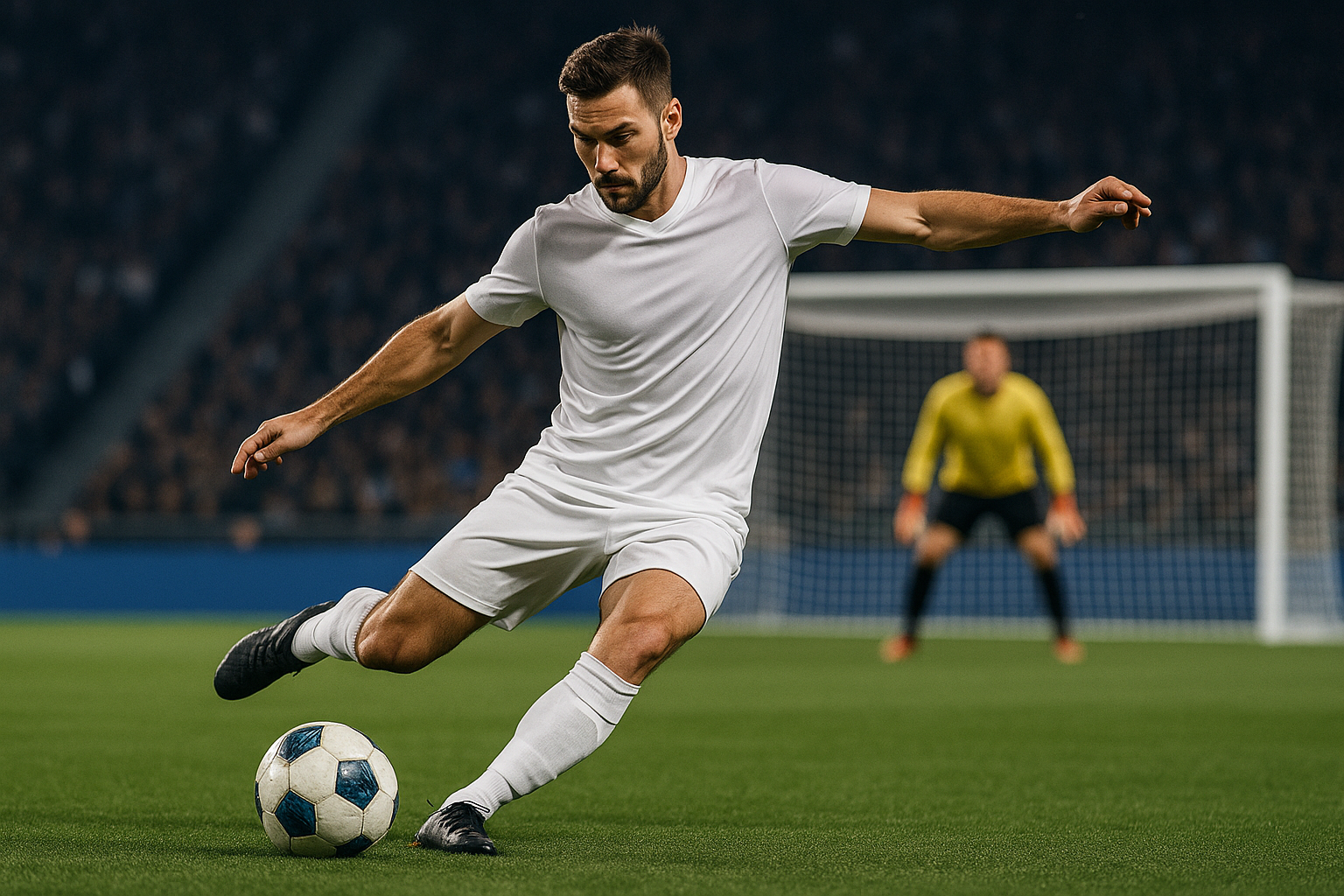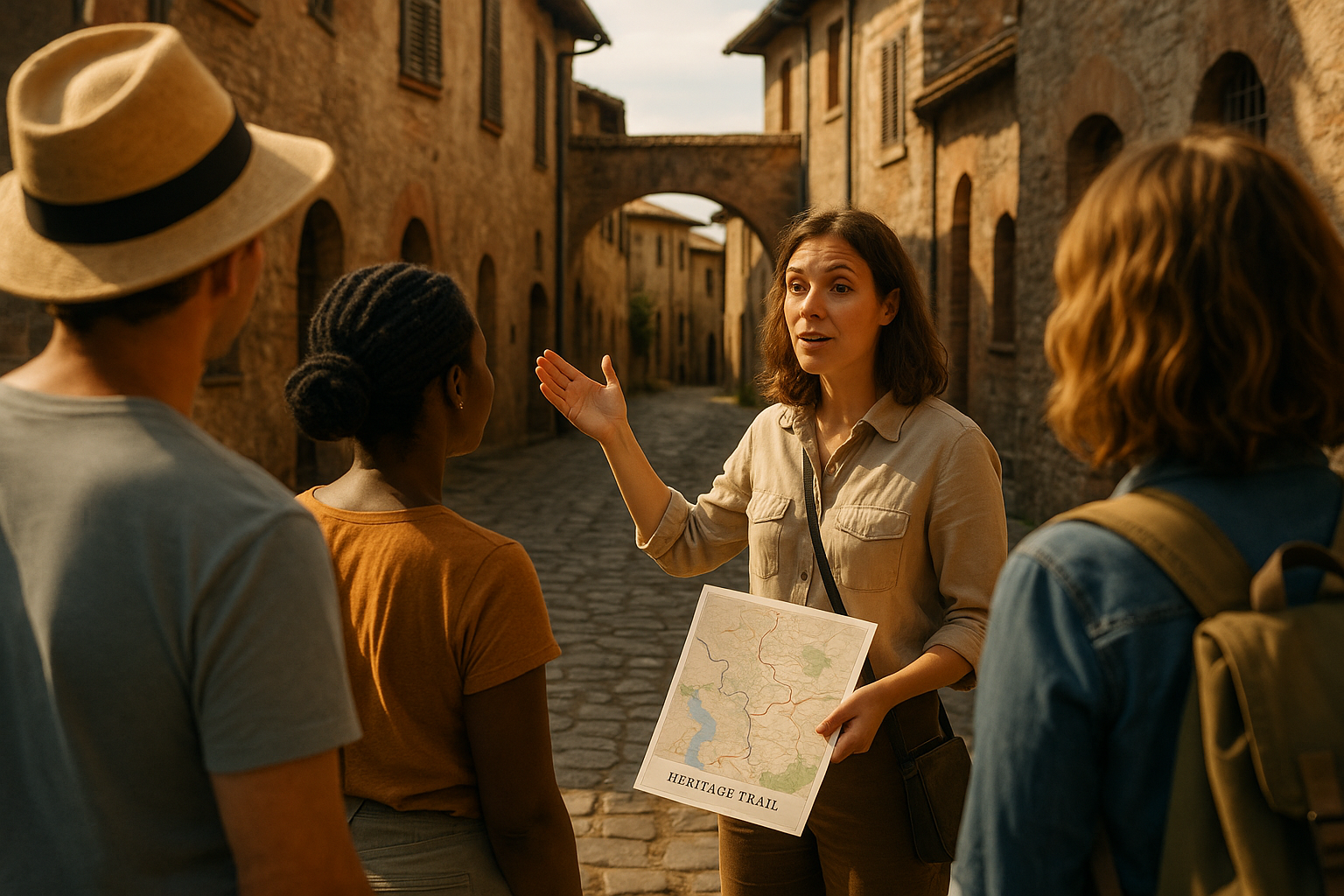Breaking Down the Art of Free Kicks in Soccer
The world of sports is vast and varied, with countless disciplines, strategies, and techniques to explore. One such technique that captures the collective imagination is the free kick in soccer, a move that combines precision, power, and strategy. This article delves into the art of the free kick, its historical context, current trends, and real-world applications.

A Historical Perspective
The free kick, a set piece awarded after a foul, has been an integral part of soccer since its inception in the 19th century. Over the years, it has evolved from a simple kick towards the goal into a strategic move that can turn the tide of a match. In the early days, free kicks were straightforward, with players aiming directly at the goal. But as soccer evolved, so did free kick strategies, with players developing techniques like the curling free kick and the knuckleball.
Current Trends and Insights
In today’s game, free kicks have become a showcase of creativity and innovation. Players like Lionel Messi and Cristiano Ronaldo are known for their unique free kick styles, which involve a combination of power, precision, and unpredictability. The use of walls to block the goal during free kicks is also a strategic trend that adds another layer to this set piece.
Benefits and Challenges of the Free Kick
Mastering the art of the free kick has several benefits. It can be a game-changer in tight matches, providing teams with scoring opportunities. It also adds an element of unpredictability to the game, making it more exciting for fans.
However, executing a successful free kick also presents challenges. It requires immense skill, precision, and practice. The pressure of executing a free kick in high-stakes situations can also be mentally challenging for players.
Real-World Applications
The skills involved in executing a free kick – focus, precision, and the ability to perform under pressure – have real-world applications. These skills can be transferred to other areas of life, including business and personal situations.
The Science Behind the Free Kick
An understanding of physics can enhance the effectiveness of a free kick. The Magnus effect, a phenomenon that affects the trajectory of a spinning object, is often exploited by soccer players. By applying spin to the ball, players can make it curve in mid-air, making it harder for the goalkeeper to predict its path.
In conclusion, the free kick in soccer is more than just a set piece. It’s a combination of art and science, requiring skill, strategy, and a deep understanding of the game. As soccer continues to evolve, it will be fascinating to see how this remarkable aspect of the game develops.
With every thud against the net, the free kick continues to captivate fans around the world, a testament to its enduring appeal and the skill of those who’ve mastered its execution. And while the techniques might change, the thrill it provides on the pitch remains timeless.




